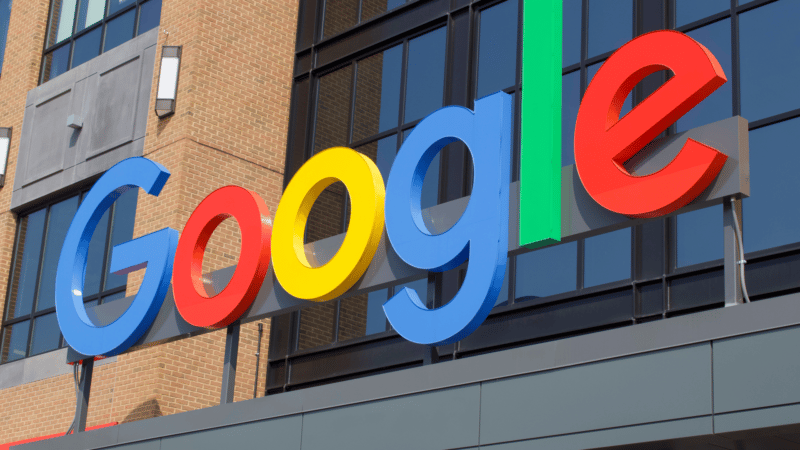Speech recognition is a powerful tool. It can be used to transcribe audio conversations or help people who are deaf. You might even use it to replace an assistant in your life, like an android phone or Apple Watch. But today, most speech recognition solutions use Synthetic Speech algorithms, which are generally unnatural sounding and difficult to understand.
The good news is that you can change this with minimal effort by using Speech Recognition APIs built into the most popular programming languages: Python, Java, and C#. Even better — these same Speech Recognition Frameworks can be used side-by-side with your existing audio files to provide a more natural and authentic user experience. In this article, we’ll take a high-level overview of speech recognition and what role python audio speech recognition plays.
What is a Speech Recognition Framework?
A speech recognition framework is a software tool that can “read” words and phrases and return the corresponding audio data. This data will come from a speech recognition model trained on millions of words. Still, some languages may use sentence structure and other language-specific information to yield an accurate and natural-sounding response. There are several different types of speech recognition, each with its unique set of pros and cons. For example, spectral analysis helps identify words that are always associated with a particular voice, such as “dog” in English.
Python Audio Speech Recognition Frameworks
The variety of available speech recognition frameworks is impressive, and they all have their merits. However, when choosing a framework for your Python application, it is essential to keep the following factors in mind.
Language support: Most recognition APIs work in the English language, but there are a few that can understand a wide range of languages, such as French, Italian, Spanish, and Russian.
Accuracy: The accuracy of a recognition system is determined by many things, including the state of the words and phrases being identified, the training data used to train the model, and the unique ways that the brain processes each language.
Ease of use: It is important to note that the ease of use factor is critical for the end-user, not the developer. You can turn your existing audio files into working recognition APIs with a few lines of code. Still, it is recommended to use a framework that supports a simple “one-click” installation process for the best results.
Different Types Of Audio Speech Recognition Systems
There are many different types of speech recognition systems available today. Some of the most common types of speech recognition systems include voice recognition, text-to-speech synthesis, and speech-to-text translation.
Voice recognition systems are the most common type of speech recognition system, and they are used to recognize spoken words. Voice recognition is a technology that allows computers to understand human speech.
Voice recognition systems use various technologies to analyze speech, including acoustic models, machine learning, and natural language processing. Voice recognition systems can be used for multiple purposes, including speech recognition, dictation, and natural language understanding. Voice recognition systems can also control devices such as smartphones and tablets. Apart from this, voice recognition systems can also help to:
- Improve customer service by allowing employees to respond to customers’ questions faster and more accurately.
- Improve safety by allowing people to identify themselves when speaking on the phone.
- Enhance privacy by preventing people from overhearing conversations they do not want others to hear.
Text-to-speech synthesis systems are used to convert spoken words into text, and they are also used to convert text into speech. The two most common types of text-to-speech synthesis systems are those generating address by reading the text aloud and creating speech by reading the reader with a synthesized voice. Text-to-speech synthesis systems can be used for various purposes, including dictation, transcription, and translation. Some text-to-speech synthesis systems are designed to be used with speech recognition software. In this case, the text-to-speech system reads the text aloud while the speech recognition software listens for words that match the incoming text.
When a word or phrase is detected, the speech recognition software converts it into speech. Text-to-speech synthesis systems are available in various forms, including desktop applications, web browsers, and mobile phones. Some popular text-to-speech synthesis systems include Microsoft’s Speech Recognition API, Apple’s VoiceOver API, and Google’s Google Voice API.
The speech-to-text translation is a type of translation that converts text into speech. This translation method is used when someone cannot speak or understand the translated language. Speech-to-text translation systems use machine learning algorithms to analyze the text and predict the intended meaning. The translation results are then sent to the translator, who can use the expected intention to speak or write the text.
How To Use Speech Recognition In Python?
There are several different ways to use speech recognition in Python, but the most common way is to use the built-in function. You first must install the SpeechRecognition module to use speech recognition in Python. Once installed, you can use the SpeechRecognition object to get information about your voice.
For example, you can get your voice’s name and the language it is speaking in. Once you have this information, you can use it to create an object that can be used to recognize words. For example, if you say “hello” on your computer, you can create a thing that can be used to identify that word. Finally, you can use this object to ask questions about your voice and get answers back from the computer. The final step is to save this object so that it can be used again in the future.
Conclusion
As you can see from the examples provided, there are many ways to use audio speech recognition in your Python application. You can turn your existing audio files into working speech recognition APIs with a few lines of code and some training data. In this article, we’ve highlighted some of Python’s most famous speech recognition frameworks. We hope these frameworks help you create more realistic voice responses in your applications.









































































